10 Best Herbal Baths For Colds

Herbal baths can be a soothing and effective remedy for alleviating symptoms of colds by promoting relaxation and improving circulation.
Certain herbs like eucalyptus, lavender, and chamomile are commonly used in herbal baths due to their decongestant and calming properties. Adding a few drops of essential oils to warm water can help open up the airways and ease nasal congestion. These baths also provide a comforting way to relieve stress, which can support the body's natural healing process.
While herbal baths are not a cure for colds, they can complement other treatments and offer relief from discomfort.
FREE Herb Drying Checklist
How to make sure every batch retains maximum flavor, color, and aroma without the risk of mold or over-drying. Eliminate guesswork and trial-and-error, making herb drying faster, easier, and more efficient every time.
Table of Contents
1. Rosmarinus officinalis

Rosmarinus officinalis, commonly known as rosemary, has been traditionally used in herbal baths to support the body's natural healing processes during colds.
The aromatic compounds in rosemary, such as cineole and camphor, are believed to have warming and decongestant properties that may help ease respiratory discomfort. A rosemary herbal bath can promote relaxation, reduce stress, and enhance circulation, which may indirectly support immune function. To prepare the bath, rosemary leaves or essential oil can be added to warm water, allowing the active components to be absorbed through the skin.
While not a substitute for medical treatment, rosemary baths may offer a soothing and supportive complementary therapy for those experiencing cold symptoms.
2. Thymus vulgaris
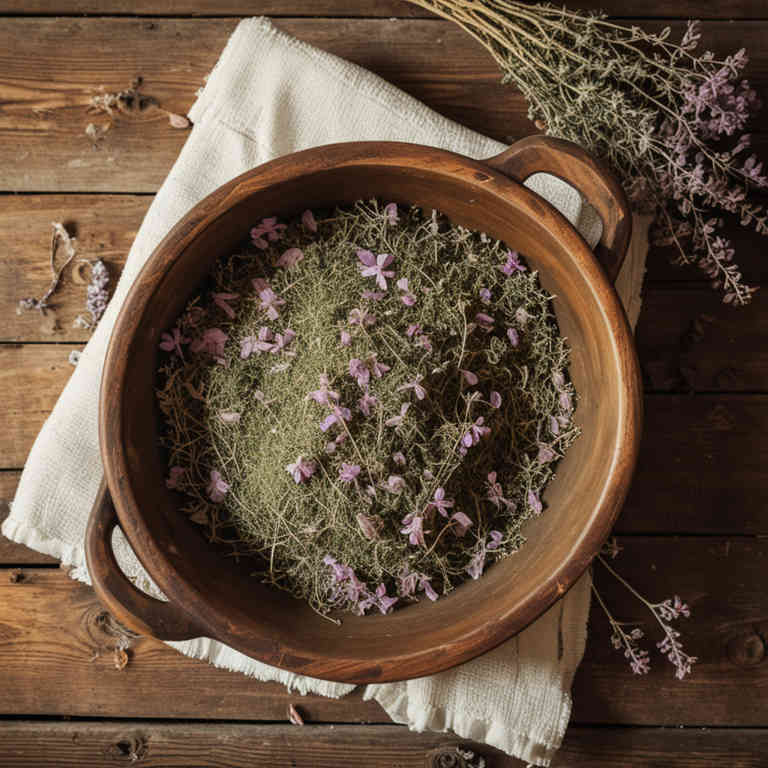
Thymus vulgaris, commonly known as thyme, has been traditionally used in herbal baths to help alleviate symptoms of colds due to its antimicrobial and anti-inflammatory properties.
When infused into bath water, thyme essential oils can create a soothing environment that helps open nasal passages and ease respiratory congestion. The warm water combined with the aromatic compounds of thyme may promote relaxation and support the body's natural healing processes. However, it is important to use thyme in moderation, as its strong essential oil can be irritating if not properly diluted.
While herbal baths can provide comfort, they should not replace medical treatment for more severe cold symptoms.
3. Mentha piperita

Mentha piperita, commonly known as peppermint, is often used in herbal baths to help alleviate symptoms of colds due to its cooling and soothing properties.
When added to warm water, peppermint essential oil or fresh leaves can help open up the airways and ease congestion, providing relief from nasal stuffiness and sinus pressure. The aromatic compounds in peppermint also have a calming effect, which can reduce headache and promote relaxation during a cold. A peppermint bath can also help soothe sore muscles and improve circulation, supporting the body's natural healing process.
While it is not a cure for colds, it can be a comforting and supportive complementary remedy when used alongside other traditional treatments.
4. Eucalyptus globulus
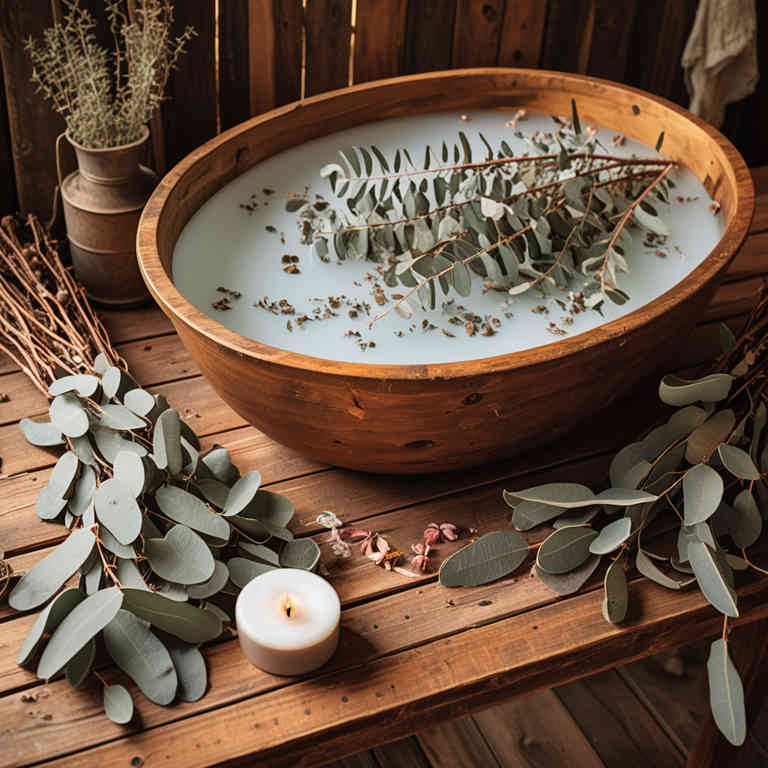
Eucalyptus globulus, commonly known as eucalyptus oil, is often used in herbal baths to help alleviate symptoms of colds due to its soothing and decongestant properties.
When added to warm water, the aromatic compounds in eucalyptus oil can help open up the nasal passages and ease breathing, providing relief from congestion. The steam from the bath can also help to moisturize the respiratory tract, reducing irritation and coughing. Additionally, the calming scent of eucalyptus may promote relaxation and improve overall comfort during a cold.
However, it is important to dilute the oil properly and avoid direct skin contact to prevent irritation.
5. Salvia officinalis

Salvia officinalis, commonly known as sage, has been traditionally used in herbal baths to help alleviate symptoms of colds due to its antiseptic and anti-inflammatory properties.
When infused into bath water, sage can help soothe respiratory discomfort and reduce congestion by promoting steam inhalation. The warm, aromatic water also helps relax the body and ease overall feelings of fatigue associated with illness. Additionally, sage’s ability to support immune function may contribute to faster recovery from cold symptoms.
While herbal baths can provide comfort, they should complement, not replace, conventional medical treatments for colds.
6. Zingiber officinale
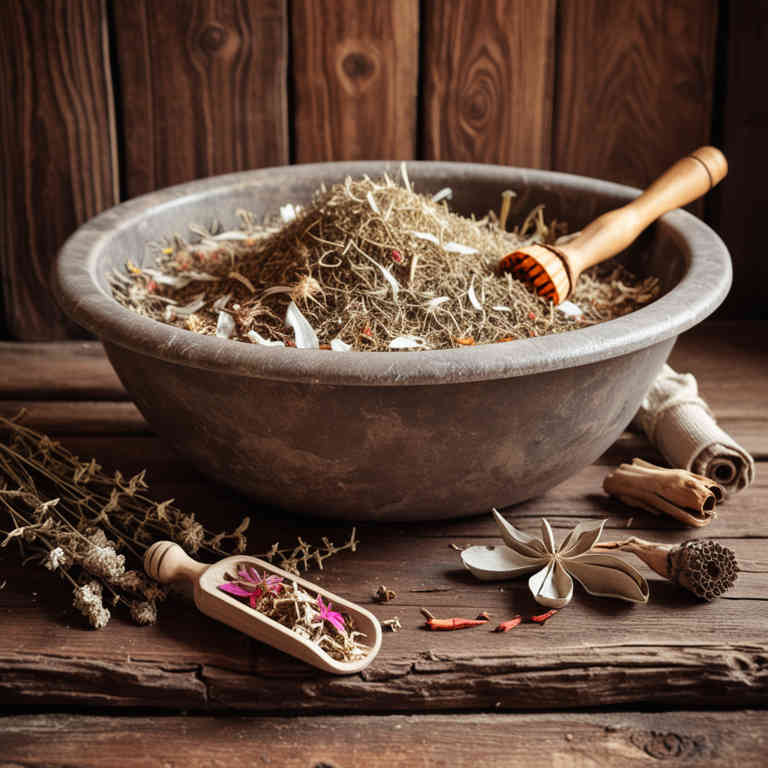
Zingiber officinale, commonly known as ginger, has been traditionally used in herbal baths to alleviate symptoms of colds due to its warming and anti-inflammatory properties.
When infused into bath water, ginger helps to improve circulation, ease congestion, and promote a sense of relaxation, which can support the body's natural healing process. The aromatic compounds in ginger also have a soothing effect on the respiratory system, helping to reduce coughing and nasal congestion. Herbal baths with ginger are often recommended as a complementary therapy to conventional cold remedies, especially for those seeking natural relief.
However, it is important to use caution with high concentrations and consult a healthcare provider if you have any underlying medical conditions.
7. Camellia sinensis
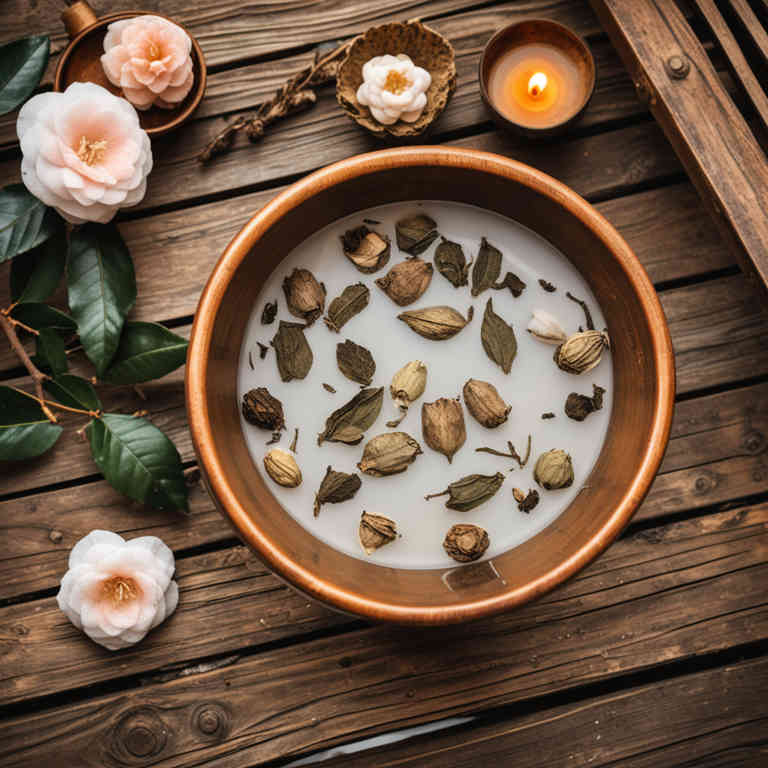
Camellia sinensis, commonly known as the plant from which green and black teas are derived, has been traditionally used in herbal baths to alleviate symptoms of colds.
These baths involve infusing the leaves of Camellia sinensis in water to create a soothing herbal infusion, which is then used for bathing. The warm water helps to open up the pores and promote circulation, while the compounds in the tea, such as polyphenols and catechins, may help reduce inflammation and support the immune system. Some proponents believe that the aromatic steam from the tea can help clear nasal congestion and ease breathing.
Although more research is needed, many people find comfort and relief from cold symptoms through this natural, holistic approach to self-care.
8. Urtica dioica

Urtica dioica, commonly known as stinging nettle, has been traditionally used in herbal baths to alleviate symptoms of colds due to its anti-inflammatory and antiviral properties.
When infused into bath water, the plant's compounds can help reduce nasal congestion and soothe sore throats by promoting circulation and easing respiratory discomfort. The warmth of the bath also helps to open up airways and ease the feeling of stuffiness, offering a holistic approach to cold relief. Additionally, the mild diuretic effects of nettle may help flush out toxins and support the body's natural healing processes.
While not a cure for colds, urtica dioica herbal baths can serve as a comforting and supportive remedy during a cold or flu season.
9. Petroselinum crispum
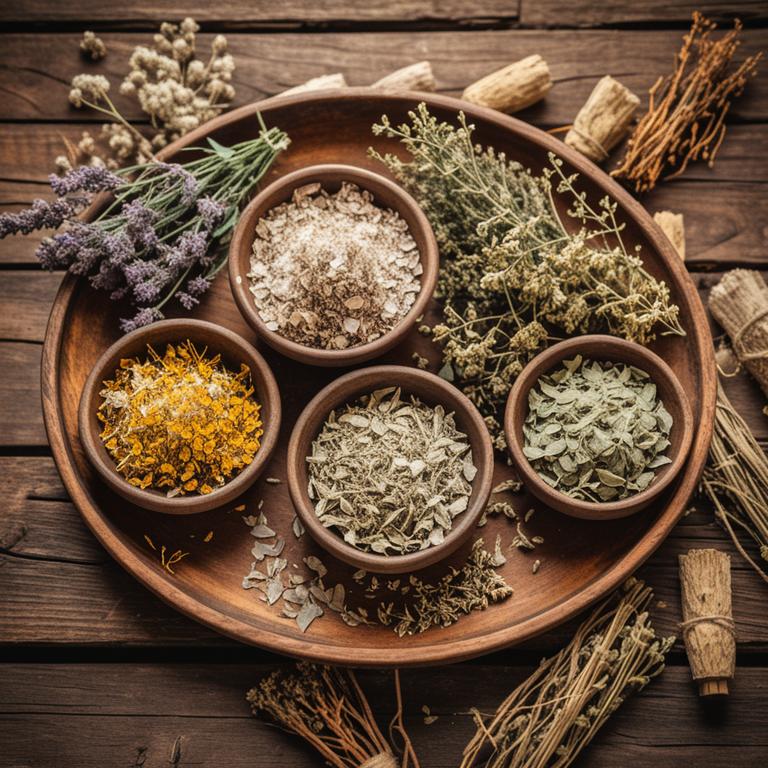
Petroselinum crispum, commonly known as parsley, has been traditionally used in herbal baths to alleviate symptoms of colds due to its aromatic and anti-inflammatory properties.
When added to warm water, parsley releases compounds that can help soothe respiratory congestion and promote relaxation, easing the discomfort associated with colds. The essential oils in parsley, such as apiol and limonene, are believed to have mild decongestant effects, supporting easier breathing. Herbal baths with parsley can also help reduce fever and boost the immune system through its nutrient-rich content.
While not a substitute for medical treatment, these baths offer a natural, soothing complement to cold care routines.
10. Achillea millefolium

Achillea millefolium, commonly known as yarrow, has been traditionally used in herbal baths to help alleviate symptoms of colds due to its anti-inflammatory and antiseptic properties.
When infused into warm water, yarrow can soothe sore throats and reduce nasal congestion, offering a natural alternative to conventional remedies. The aromatic steam from the bath may also help open up the airways and ease breathing, providing relief from chest tightness. Additionally, the calming effects of the bath can help reduce stress, which is often linked to the severity of cold symptoms.
While herbal baths can complement other treatments, they should not replace medical advice, especially for severe or prolonged cold symptoms.